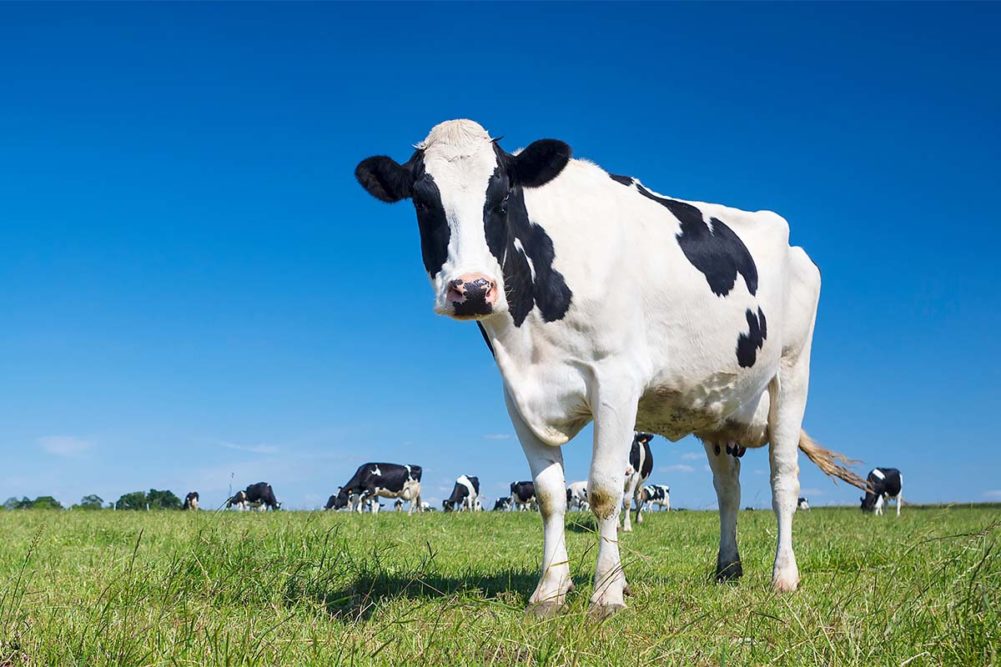AUSTIN, TEXAS — The Texas Department of State Health Services (DSHS) reported the first human case of highly pathogenic avian influenza (HPAI) in Texas on April 1. The virus was likely passed from direct exposure to dairy cattle presumed to be infected with the HPAI strain.
The affected person experienced eye inflammation as their only symptom and is currently recovering. They are being treated with the antiviral drug oseltamivir, DSHS said.
The infected person was tested for the flu late last week, and the Centers for Disease Control and Prevention (CDC) confirmed the results over the weekend.
“This infection does not change the H5N1 bird flu human health risk assessment for the US general public, which CDC considers to be low,” the CDC said in a press release. “However, people with close or prolonged, unprotected exposures to infected birds or other animals (including livestock), or to environments contaminated by infected birds or other animals, are at greater risk of infection.”
CDC noted that this is not the first time avian influenza has infected a person. In 2022 in Colorado, a previous human case occurred after direct exposure to poultry presumably with HPAI. The infected person reported fatigue for a few days as their only symptom and has since recovered.
Human infections with avian influenza are uncommon, CDC said, but have occurred sporadically worldwide. Cases have ranged from mild with symptoms like eye infection or upper respiratory symptoms all the way to severe illness such as pneumonia.
According to DSHS, initial testing indicates that HPAI has not changed in a way to make it more likely to spread among humans.
Last week, HPAI was detected in dairy cattle in Texas, Kansas and Michigan.
“The cattle infections do not present a concern for the commercial milk supply. Dairies are required to destroy or divert milk from any sick cows, plus pasteurization kills avian flu viruses,” DSHS said.
DSHS is providing guidance to affected dairies about how to minimize workers’ exposure and how people around affected cattle can monitor flu-like symptoms and get tested. Additionally, the agency has issued a health alert, asking health care providers around affected dairies to be vigilant for possible human cases and is providing testing treatment recommendations.
CDC said it will also continue to monitor the situation closely for signs that the risk to human health has changed. The agency is taking routine measures for preparedness and prevention, which include an existing candidate vaccine virus that could be used to make a vaccine for people if one were needed.



